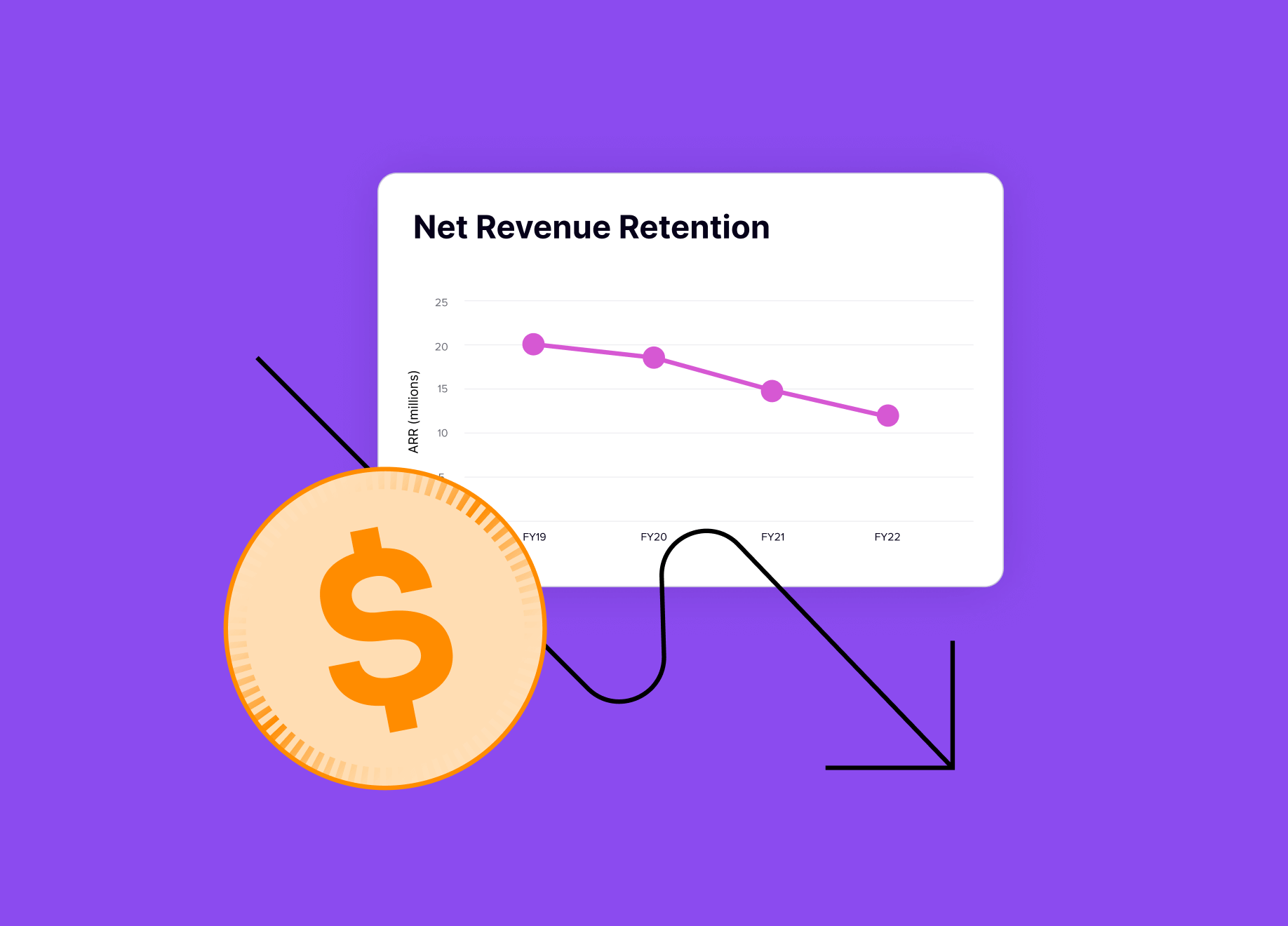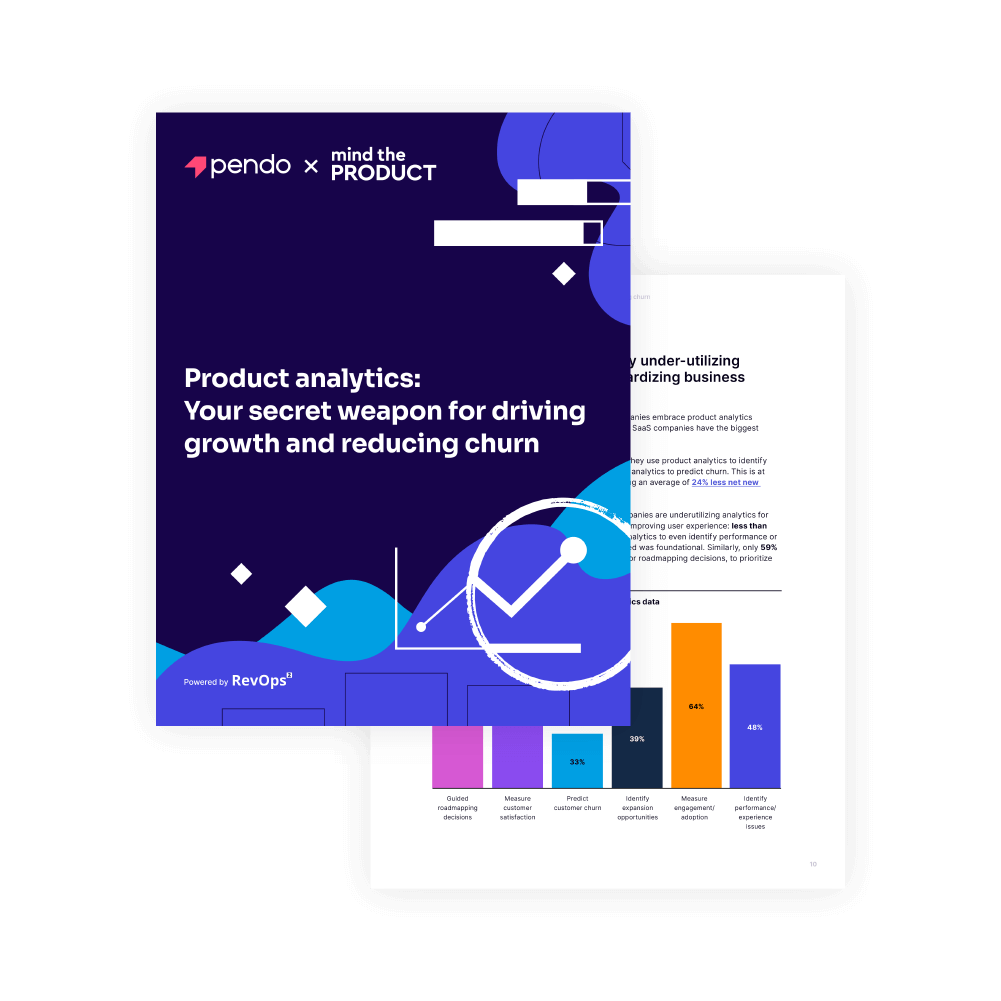Table of Contents
What is revenue churn?
Revenue churn is the percentage of subscription dollars up for renewal that a company loses over a given period, or the ability to keep the contract value of existing customers. Along with customer churn, which measures logo retention, these two metrics provide a lens to view the health of a company’s customer base.
How to calculate revenue churn?
There’s a variety of ways to measure revenue churn. Probably the most commonly used is Net Revenue Retention, which looks at a set period and takes into account changes in account value (i.e. upsells and downsells) during that period. If revenue gained from upsells can offset or exceed revenue lost from downsells and churned customers, the Net Revenue Retention Rate can be greater than 100%, commonly referred to as negative churn. In subscription businesses, especially in SaaS, a Net Revenue Retention Rate of 110% or higher is considered world class.
Should I measure revenue churn or customer churn?
Both are important. By comparing revenue churn and customer churn, a business can see if retention is consistent throughout the customer base, or if there’s more churn with small customers (higher customer churn, lower revenue churn) or if large customers tend to be more at-risk (lower customer churn, higher revenue churn). By having multiple ways to measure overall customer health, an organization can prevent over-reliance on one metric, and be more likely to detect issues in the data before they become problematic.




